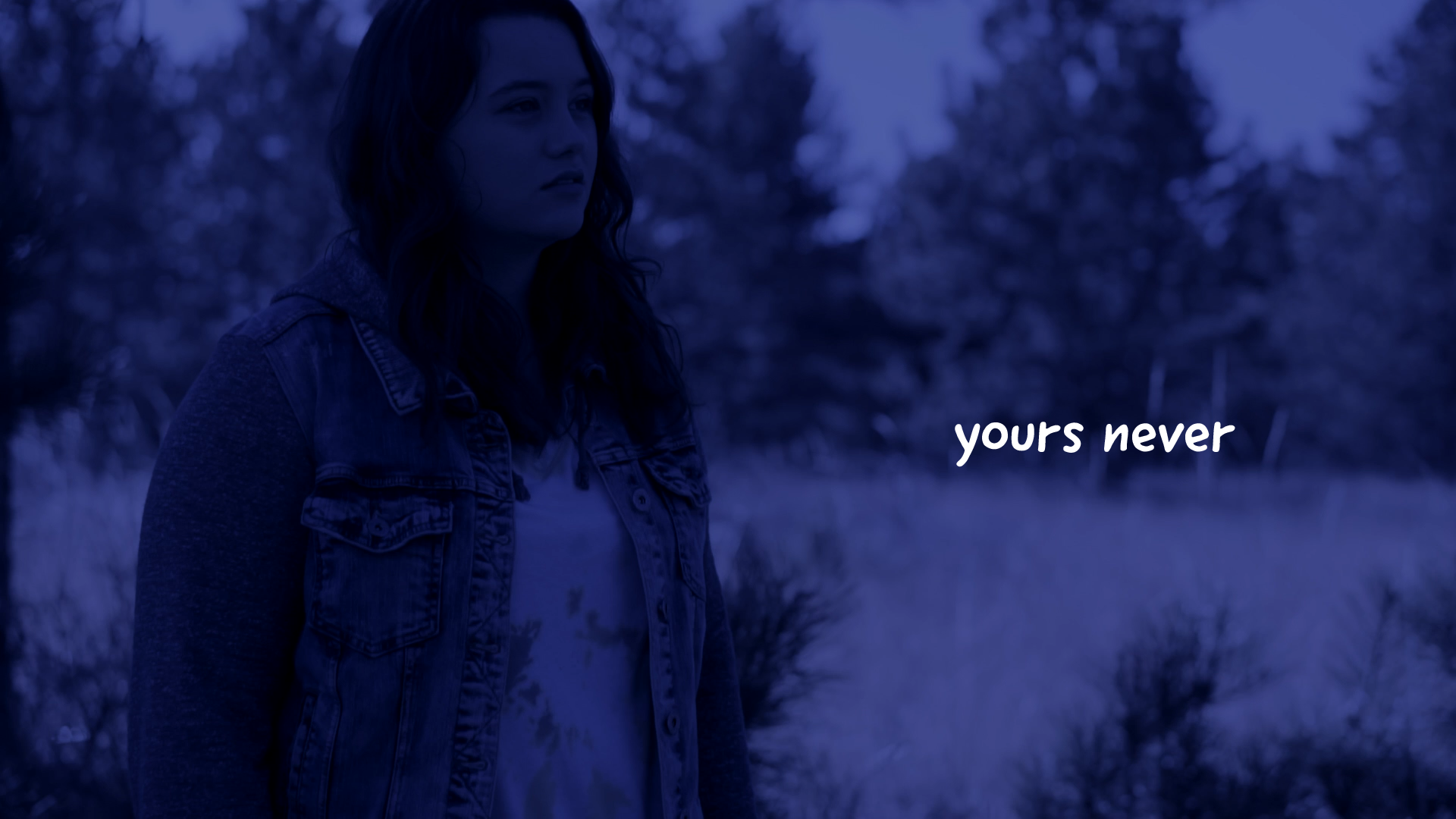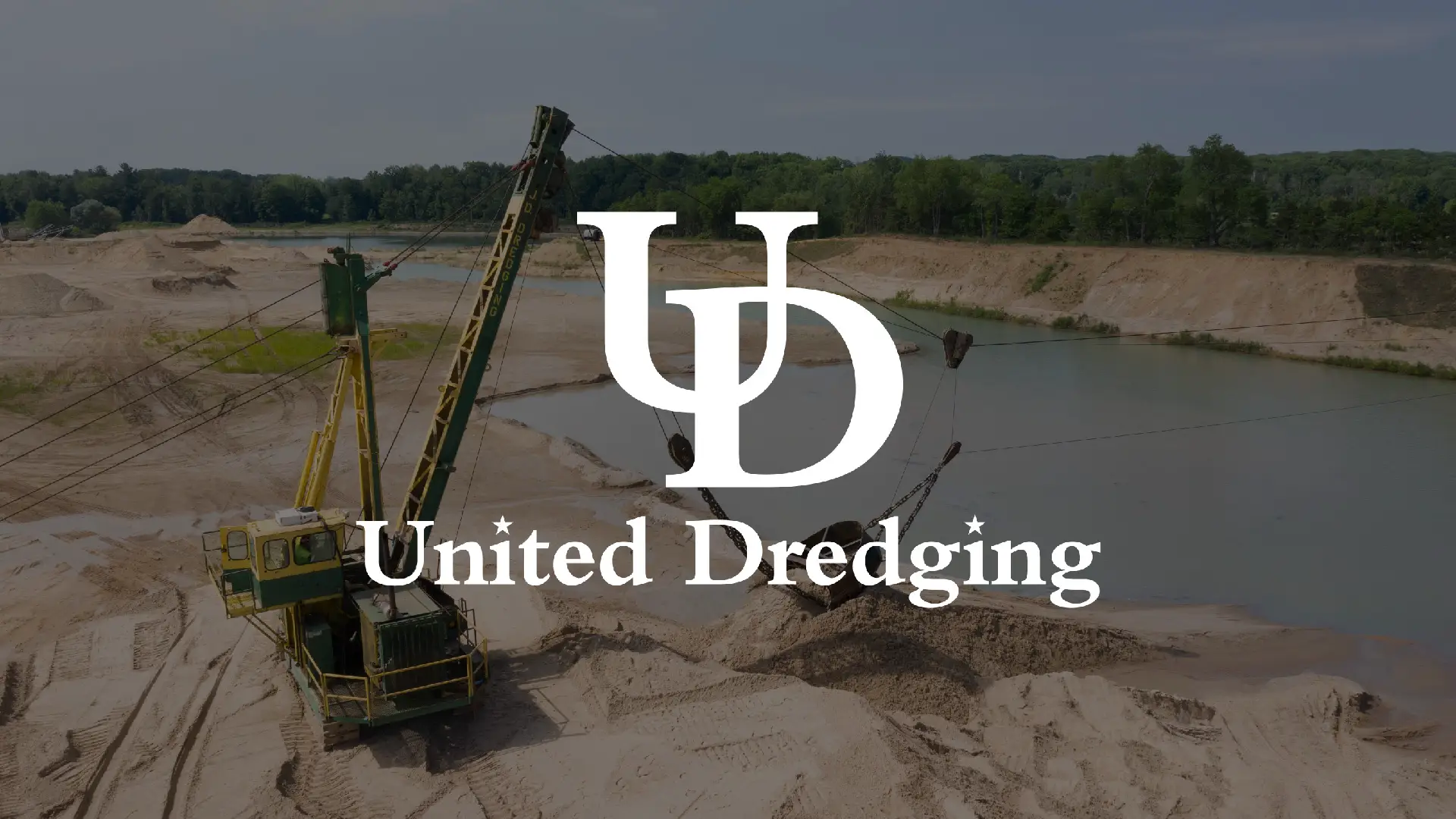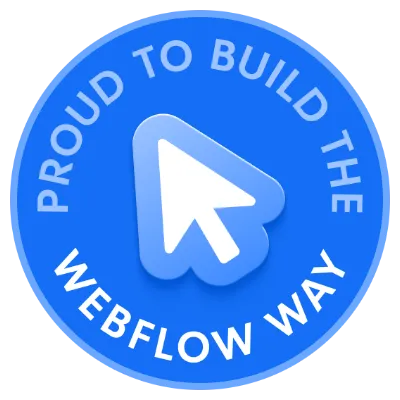Project Overview
The Starving Artist was my college capstone project at CU Boulder—a culmination of four years of learning compressed into one ambitious short film. This 15-minute narrative explores a theme that resonates with creatives everywhere: the tension between stability and passion, between surviving and truly living.
The story follows a young man trapped in the monotony of his 9-to-5 job, feeling unfulfilled and disconnected from any sense of purpose. A chance encounter with a homeless street musician becomes the catalyst for transformation, showing him that life's richness exists beyond the glow of a computer screen.
This project represented everything I had learned about filmmaking—and everything I still needed to discover. It was personal, challenging, and ultimately rewarding in ways I didn't anticipate when I first put pen to paper.
Creative Approach
Crafting an Authentic Story
I knew from the start that I didn't want to create something polished and safe. The "starving artist" is a term I—like many creatives—know intimately. That personal connection informed every decision, from casting to color grading.
Production highlights:
- Complete creative control - Wrote the screenplay, developed characters, and storyboarded every scene
- Intimate casting process - Found actors who understood the emotional weight of feeling "stuck"
- Visual contrast - Used muted, cold tones for office scenes and warm, vibrant colors for moments of artistic awakening
- Curated soundscape - Built a carefully crafted audio mix that reflected the protagonist's internal journey
- Practical locations - Shot on location around Boulder to maintain authenticity
"The hardest part wasn't the technical execution—it was being vulnerable enough to tell a story that mirrored my own fears about choosing a creative path."
Timeline: Four months from initial concept to final export. Countless revisions. More coffee than I care to admit.
Role & Collaboration
This was a true one-person production where I wore every hat imaginable—and learned the limits of doing so.
My responsibilities included:
- Screenwriting and story development
- Casting and actor direction
- Location scouting and production coordination
- Cinematography and camera operation
- Audio mixing and sound design (Logic Pro)
- Editing and post-production (Final Cut Pro)
- Motion graphics and titles
- Color grading
While I worked solo on most aspects, I collaborated with actors who brought depth to the characters I'd written and a small crew of classmates who helped with lighting and sound on shooting days.
Technical toolkit: Final Cut Pro (editing), Logic Pro (audio mixing), Adobe After Effects (graphics), DaVinci Resolve (color grading)
This project taught me not just how to make a film, but why I make films—to explore the questions that keep us up at night and to connect with others who share those same doubts and dreams.









